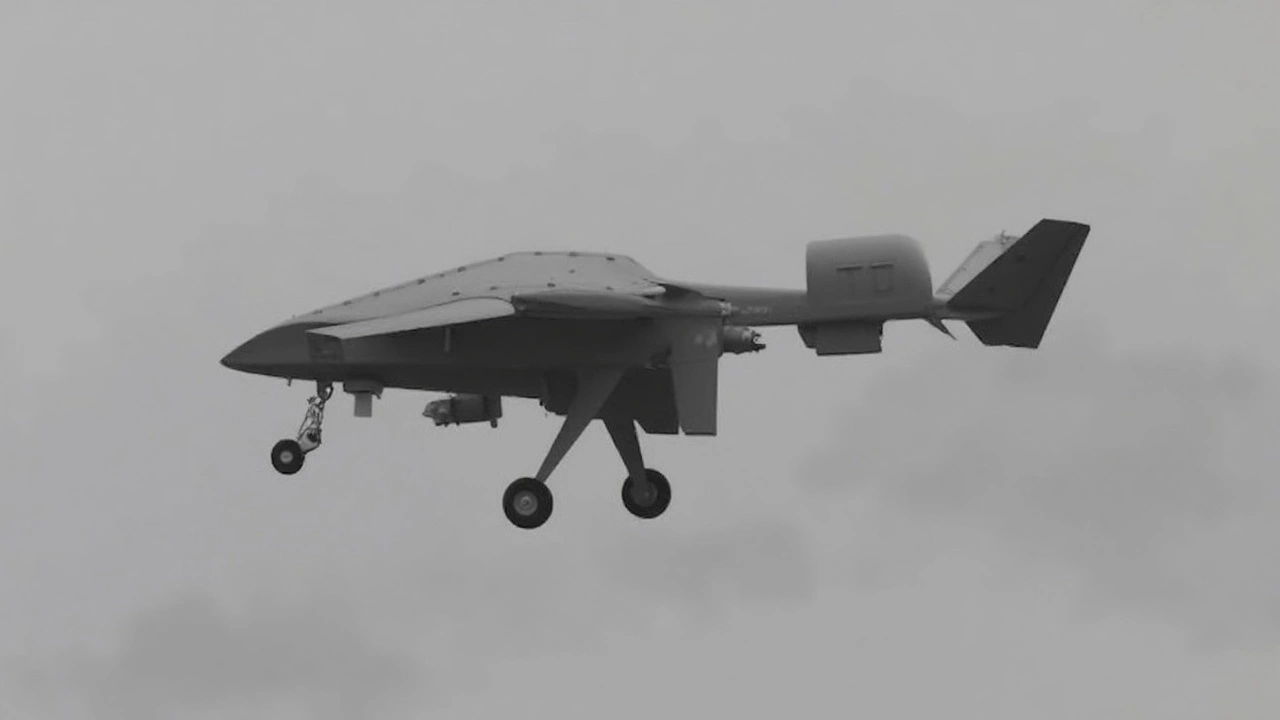Drone Warfare: The New Battlefield Edge
When you hear the word "drone" you might think of hobbyists filming sunsets, but today drones are front‑line weapons. They zip over battle zones, spot targets, drop payloads, and send live video back to commanders—all without a pilot on board. This shift is reshaping how wars are fought, making engagements faster, cheaper, and sometimes more controversial.
The first use of unmanned aircraft dates back to World War I, but the real boom happened after 2000 when tech costs fell and satellite links improved. The U.S. Navy’s MQ‑1 Predator and later the more lethal MQ‑9 Reaper showed that a small plane could loiter for hours, find a target, and strike with precision missiles. Since then, dozens of countries have built or bought their own versions, ranging from cheap quad‑copter scouts to giant stealth drones that can fly at Mach 2.
Why Drones Matter in Today's Conflicts
First off, drones cut risk for soldiers. Instead of sending a pilot into hostile airspace, a drone can be piloted from a safe base thousands of miles away. That means fewer casualties on the side operating the drone and quicker decision‑making because the operator sees what the camera sees in real time.
Cost is another game‑changer. A high‑end fighter jet can run into the hundreds of millions of pounds, while a combat drone can be built for a fraction of that price. This allows smaller militaries to field effective air power without breaking the bank. Even non‑state actors have started using cheap, off‑the‑shelf drones to drop explosives, which adds a new layer of complexity to security planning.
Finally, drones give commanders a persistent eye in the sky. A drone can hover over an area for days, feeding live intel, mapping terrain, and tracking enemy movements. That constant stream of data helps shape tactics on the ground and reduces the guesswork that used to dominate battlefield decisions.
Challenges and Ethical Questions
All that power comes with big concerns. One is the “distance” factor – operators are often far removed from the reality of killing, which can blur the line between combat and video‑game shooting. Critics argue this makes it easier to launch strikes without fully weighing civilian harm.
Another issue is accountability. When a drone strike goes wrong, who’s responsible? The pilot, the commander, the software developer, or the political leader who gave the order? International law is still catching up with these scenarios, and the lack of clear rules fuels controversy.
There’s also the risk of proliferation. As the technology becomes cheaper, more groups can acquire it, potentially destabilising regions where traditional forces already struggle. Counter‑drone measures—like electronic jamming, directed‑energy weapons, and new detection systems—are now a priority for many armed forces.
Looking ahead, the next wave of drone warfare will likely involve swarms of tiny, coordinated drones that can overwhelm defenses, as well as AI‑driven platforms that make decisions with minimal human input. While that sounds like science‑fiction, several labs are already testing prototypes.
For anyone trying to understand modern conflict, keeping an eye on drone developments is a must. Whether you’re a veteran, a policy wonk, or just a curious reader, the rise of unmanned combat will shape security, politics, and everyday life for years to come.

Future Drone Warfare Reshapes Military Strategy and Exposes New Vulnerabilities
Ukraine's deep-strike drone attacks are forcing a seismic shift in how wars are fought. Analysts warn traditional military powerhouses face new vulnerabilities from swarming, AI-driven drones, and that keeping a thriving drone industry is now essential for long-term defense.
View more